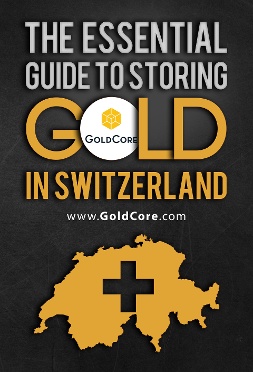With gold holding firm around $3,000 an ounce—even amid solid selling pressure and sharp market volatility—questions about central bank gold reserves are more relevant than ever.
As the global economy reels from President Trump’s sweeping import tariffs, fears of a broader trade war have triggered market deleveraging. Yet gold continues to find support, thanks in no small part to sustained demand from central banks. Net buyers for over a decade, central banks appear to be reaffirming their commitment to gold as both a store of value and a geopolitical hedge.
China’s central bank, for example, has added gold to its reserves for five consecutive months, with its gold holdings now making up a record 6.5% of total reserve assets. Meanwhile, Poland has quietly emerged as the top central bank gold buyer in recent months. These moves come as confidence in the U.S. dollar wanes—both as a trade settlement instrument and a reserve asset—amid rising deficit spending, currency weaponization, and growing pressure on smaller economies.
This episode of GoldCoreTV explores a pressing but under-asked question: when gold is held by a central bank, especially offshore, who actually owns it—and who controls it? In an age where assets can be frozen overnight and trust in global institutions is fraying, the line between legal ownership and practical possession is no longer clear-cut.
Buy Gold Coins

Buy gold coins and bars and store them in the safest vaults in Switzerland, London or Singapore with GoldCore.
Learn why Switzerland remains a safe-haven jurisdiction for owning precious metals. Access Our Most Popular Guide, the Essential Guide to Storing Gold in Switzerland here.
Receive Our Award Winning Market Updates In Your Inbox – Sign Up Here





